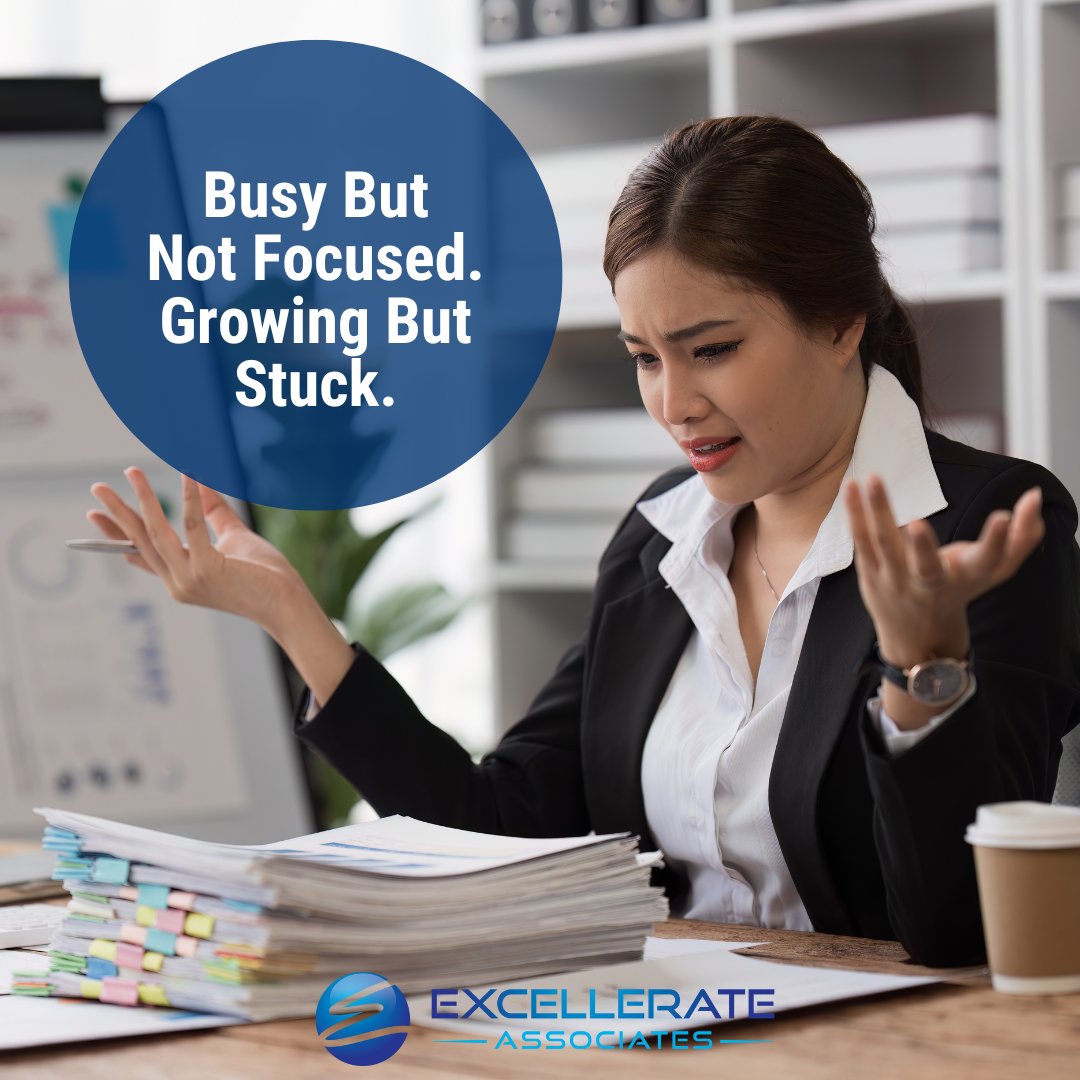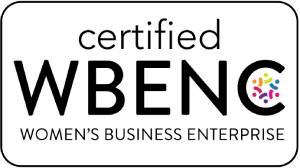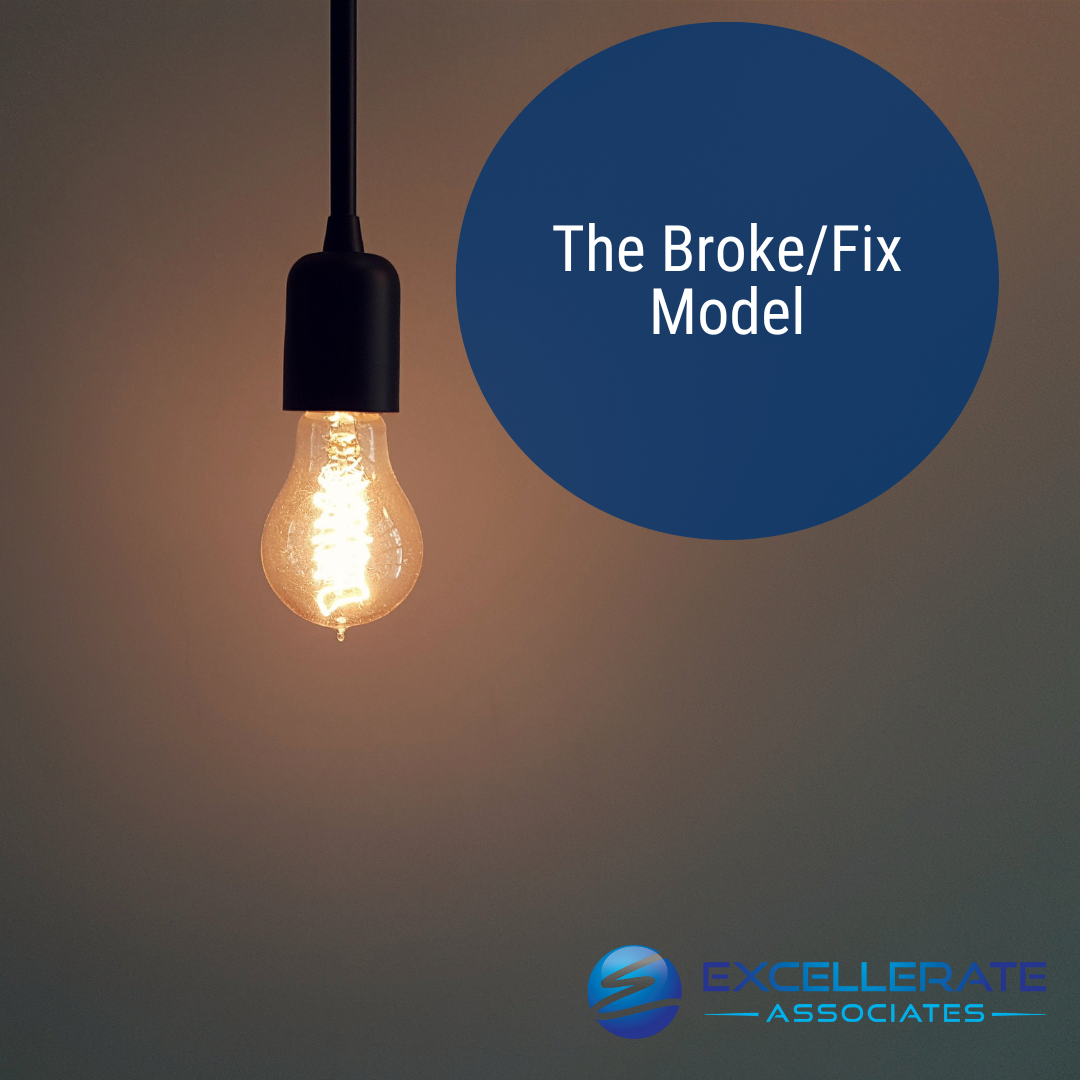 Busy, but not focused. Productive, but not profitable. Growing, but stuck.
Busy, but not focused. Productive, but not profitable. Growing, but stuck.
If you’re a business owner, you’ve likely been there.
You start the day with a to-do list…
…but by noon, you’re putting out fires.
You’re doing so much, but progress still feels slow.
You try new strategies, hire new people, launch new tactics
…but it all feels scattered. The momentum never compounds.
At some point, what got you here won’t get you there.
You don’t need more hustle. You need more alignment.
You need a business that scales without scaling your chaos.
That’s one of the reasons we created the Wake Up Profitable Boot Camp.
This isn’t about working harder or adding more to your plate.
It’s about rewiring your business—
→ aligning your team with how they’re naturally wired
→ building systems that scale without you
→ and designing a growth strategy that’s as focused as it is profitable.
You’re not alone. You’re not broken. You’re just at the next stage.
Let’s show you how to build a sustainable business with a big impact.
At this Wake Up Profitable master class, you will:
Accelerate Scalable Growth: Learn proven frameworks to shift from hustle-based growth to scalable, systems-driven expansion—ideal for businesses ready to break past their plateau.
Align Talent with Business Strategy: Use human wiring to position team members where they thrive, boosting productivity, reducing friction, and maximizing talent.
Build Owner Freedom: Transition from being the bottleneck to becoming a strategic leader by designing processes and structures that reduce day-to-day dependency on them.
Increase Profitability with Precision: Use tools to identify and eliminate hidden profit leaks, add revenue streams, align offers with high-value markets, and optimize operational efficiency.
WHEN: Monday-Tuesday, October 27-28, 2025
WHERE: Excellerate Associates, 38221 Plymouth Road, Livonia, MI 48150
INCLUDED: Your Human Wiring Assessment and Private Strategy Session
REGISTER: https://www.excellerateassociates.com/wake-up-profitable-boot-camp
Create a great life,
Lisa Mininni and The Excellerate Associates Team










